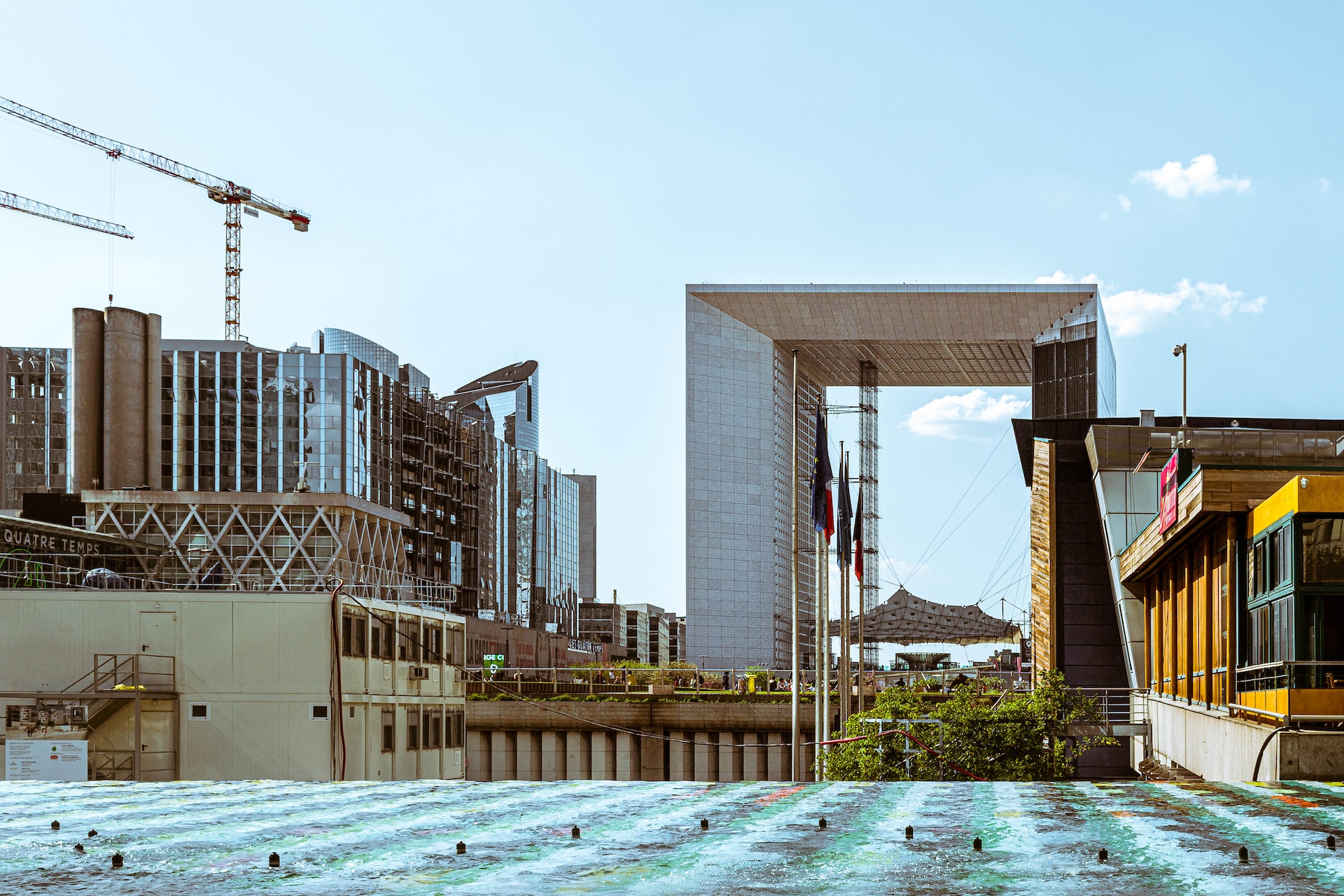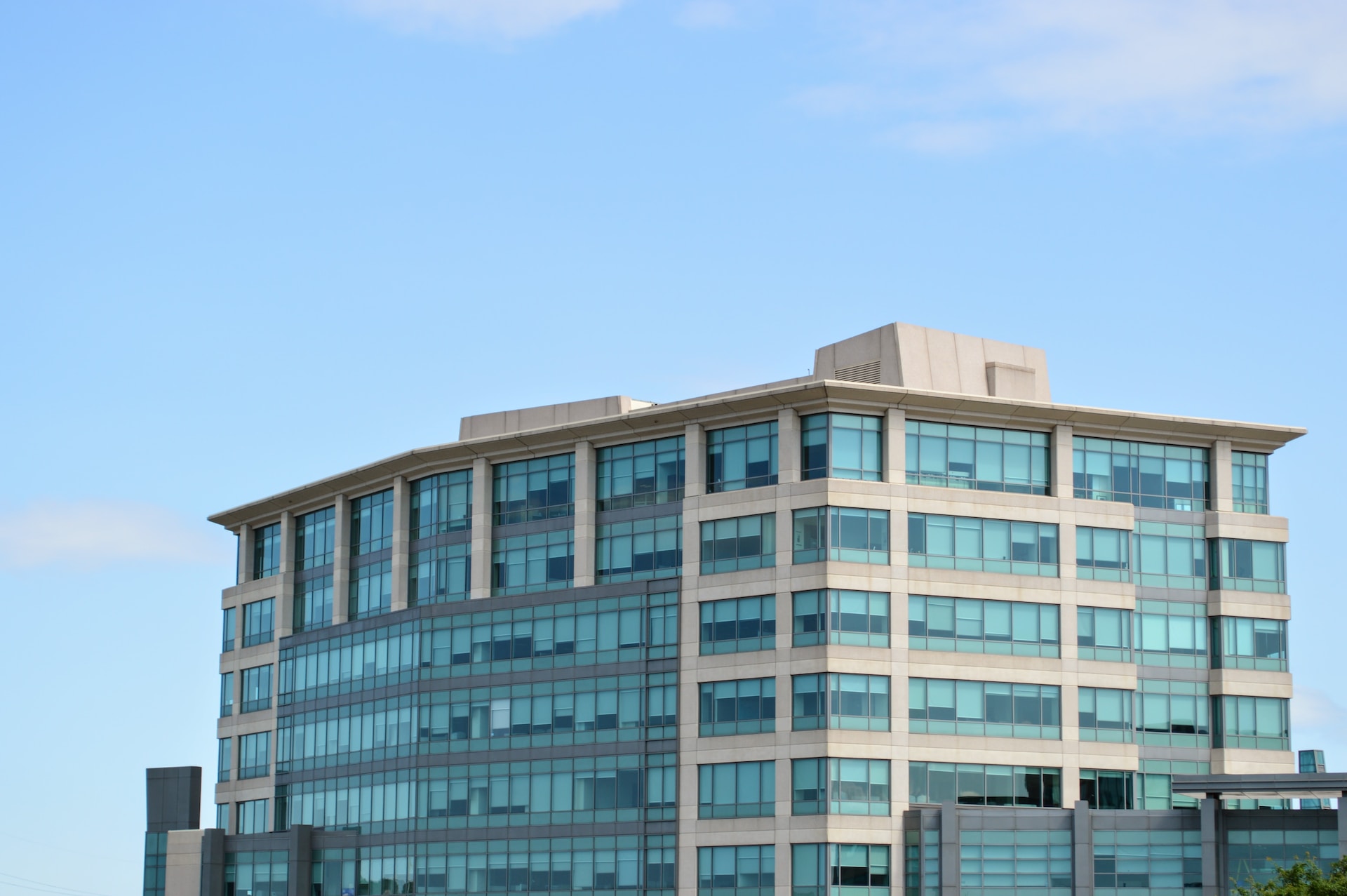
Photo by Kenrick Baksh on Unsplash
As the world moves toward a more sustainable future, there is a growing emphasis on incorporating eco-friendly practices and materials into construction projects. Commercial office spaces are no exception, with many businesses looking to reduce their environmental impact and create healthier, more productive work environments. Fortunately, there are a variety of sustainable building materials available that can help architects and developers create cutting-edge commercial office spaces that are both stylish and environmentally friendly. Keep reading as we explore some of the most trending materials that are shaping the sustainable office revolution!
Glass Railing Systems
Commercial glass railing systems are an excellent choice for creating a modern, open feel in an office space. They offer several sustainability benefits:
- Natural Light: Glass railings allow natural light to flow freely into an office space, reducing the need for artificial lighting and resulting in energy savings.
- Durability: Glass is a remarkably durable material that is resistant to impact, scratches, and UV rays, reducing maintenance costs.
- Recyclable: Glass is 100% recyclable, making it an environmentally friendly option that can be reused over multiple lifespans.
It should also be noted that commercial railing systems are easy to clean. Not only does this make them an ideal choice for busy office environments, but it minimizes the need for potentially toxic cleaning agents.
Acoustic Wall Panels
The open interior is a major trend in the commercial office landscape. Not only does it make the workplace more free-flowing and inviting, but it allows for the transmission of natural light. This can lead to energy efficiency through the reduced consumption of artificial light.
However, one downside to open interiors is that they can become a bit noisy. Without any walls to block unwanted sound transmission, significant echo and reverberation can permeate an office facility. As such, acoustic wall panels make for a common sense solution. With as little as 15-25% wall coverage, the best acoustic wall solutions can achieve a noise reduction coefficient (NRC) over 95, helping to create a serene environment that is not only energy efficient, but conducive to high-quality work.
Brick Rainscreen Cladding Systems
Brick rainscreen cladding systems are another sustainable option for commercial office buildings. They offer the following benefits:
- Energy Efficiency: Brick rainscreen systems provide excellent thermal insulation, helping to regulate the temperature of a building and reducing energy costs.
- Moisture Resistance: Brick is a naturally water-resistant material, making it an excellent choice for areas with high humidity or frequent rainfall. As a result, it is an excellent choice for guaranteeing that moisture never compromises the building envelope.
- Longevity: Brick is a long-lasting material that can withstand harsh weather conditions and maintain its aesthetic appeal over time.
Another benefit is that as an engineered brick facade, there is a wide range of designs and finishes from which to choose. This allows architects and developers to create exteriors that are not only weather resistant, but unique and visually appealing as well.
Photo by Robert Macleod on Unsplash
Glass Office Partitions
Glass office partitions are a popular choice for creating private workspaces while maintaining a sense of openness and collaboration. They offer several sustainability benefits:
- Natural Light: Like glass railings, glass partitions allow natural light to flow freely throughout an office, reducing the need for artificial lighting.
- Flexibility: Glass partitions can be easily reconfigured, allowing businesses to adapt their office layout as needed without energy-guzzling renovations.
- Soundproofing: Glass partitions can be equipped with soundproofing features to create quiet, private workspaces.
Glass partitions are also relatively easy to maintain and can contribute to a modern, professional aesthetic in an office space. The typical glass office partitions cost roughly the same as permanent drywall, making them a creative and sustainable option that won't break the budget.
Additional Sustainable Materials
In addition to the materials mentioned above, there are a host of other sustainable materials that can be used in the construction of commercial office spaces. Some popular options include:
- Recycled Materials: Using recycled materials, such as reclaimed wood or recycled metal, can help to reduce the environmental impact of a building.
- Renewable Resources: Materials made from renewable resources, such as bamboo or cork, can also be sustainable options.
- Low-VOC Materials: Low-VOC (volatile organic compound) materials can help to improve indoor air quality and reduce the risk of health problems for occupants.
By carefully selecting sustainable building materials, architects and developers can create commercial office spaces that are both stylish and environmentally friendly. These spaces can help to reduce a business's impact on the planet, create a healthier and more productive work environment for employees, and even contribute to a company's brand image as a forward-thinking leader in sustainability.
The Future Is Here: Sustainable Materials in Commercial Office Construction
The future of commercial office spaces lies in the integration of sustainable building materials and practices. By utilizing materials like glass railing systems, brick rainscreen cladding systems, and glass office partitions, businesses can create work environments that are not only functional and stylish but also environmentally responsible. With the right choices, commercial office spaces can become models of sustainability for generations to come. For more on the latest sustainability and green living trends, explore resources at Magazine MN for the leading insights in the industry!
Written by Andrea Erickson
About the Author
Andrea Erickson is a freelance writer who loves sharing her knowledge and expertise in renovation and Interior Design. She lives in her hometown of Austin, Texas where she enjoys spending time with her husband and decorating with her children. Andrea’s work as a freelance writer can be found on Building Product Advisor, a construction industry resource site.
You may also like
5 Advantages of Fiber for Sustainable Power Infrastructure
Eco-Conscious Ways to Dispose of Hazardous Waste
5 Ways Compression Molding is Sustainable
5 Materials That Support Sustainability in Injection Molding

